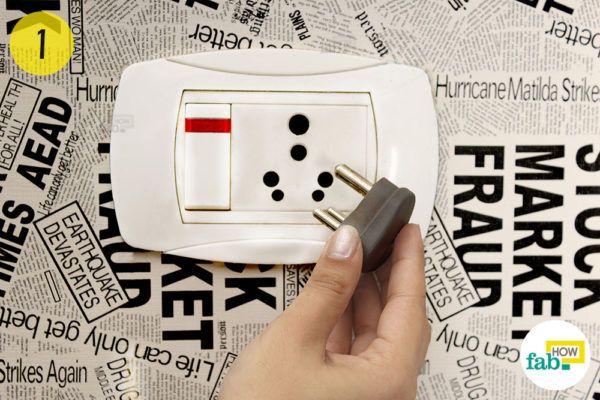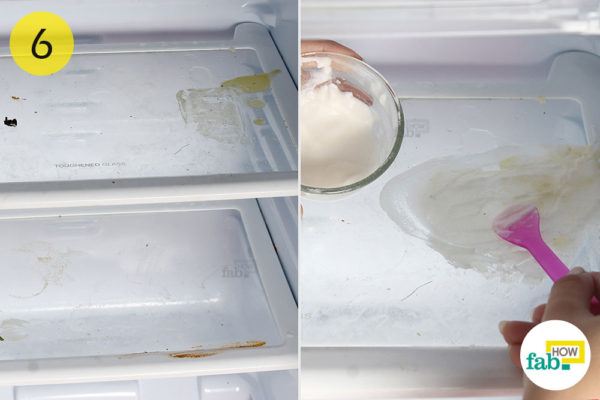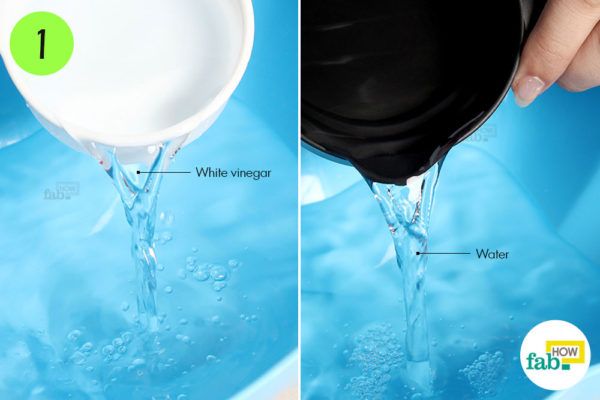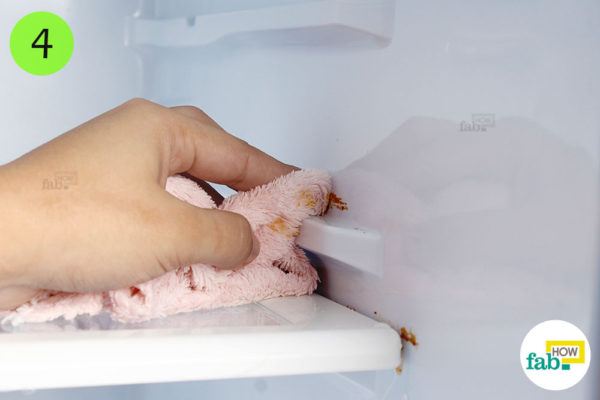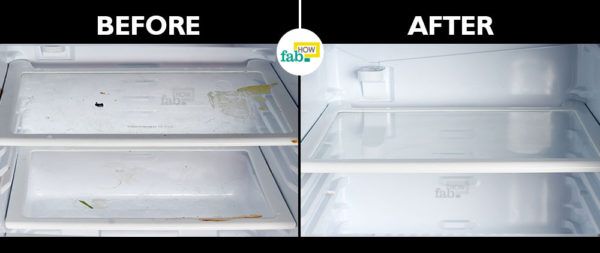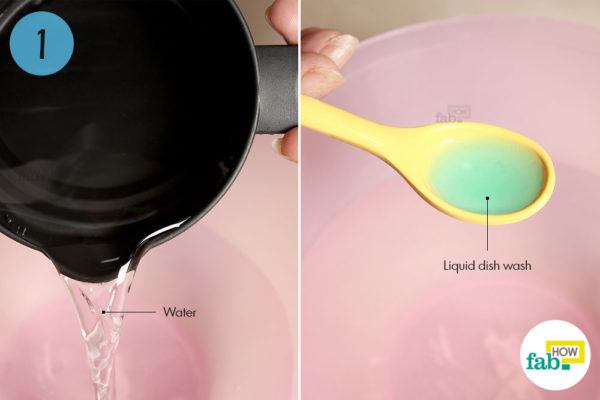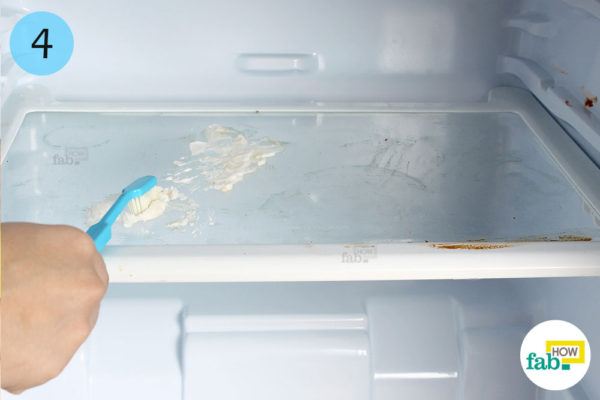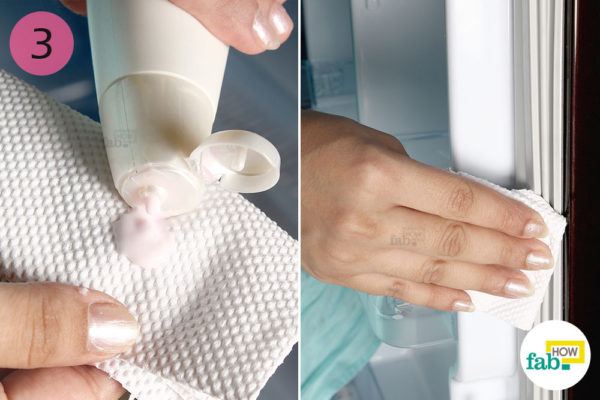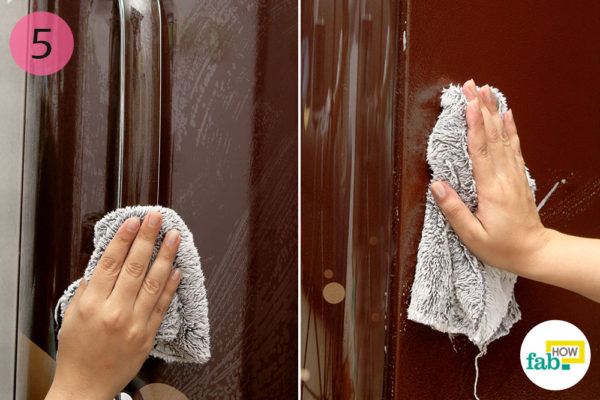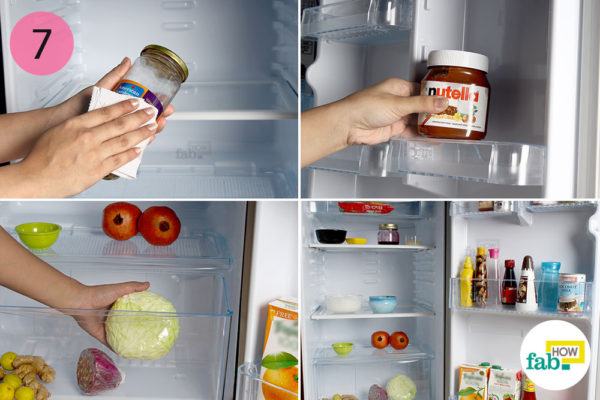If your dirty refrigerator has left you embarrassed in front of your guests, take consolation in the fact that procrastination is common when it comes to cleaning the refrigerator.
After your oven or stove, your refrigerator is probably the most important appliance in your kitchen. But compared to your stove and countertops, how much cleaning effort is put toward your refrigerator? While the answer may vary for different people, one thing is common – not enough.
Apart from neat-freaks or a few responsible homemakers, few people feel the need to clean their refrigerator until it becomes stinky and smelly. Thinking it over, you may realize that when food has spoiled enough to give off a smell, it will also harbor a host of germs that can readily spoil other foods. Overcrowding and not going through your refrigerator thoroughly every once in a while also invites trouble.
If the task of cleaning that humongous and thoroughly cluttered refrigerator is intimidating and you don’t quite know where to start, let us break it down for you. This guide will help you along your journey to a clean and sanitized refrigerator, and with some simple tips you can keep it that way.
The following measures should be taken to thoroughly clean your dirty refrigerator:
Things you’ll need:
- Liquid dish soap
- White vinegar
- Water
- Baking soda
- Sponge
- Old toothbrush
- Soft towels – 3
- Paper towels
- Lint-free towel
- Moisturizer
Contents
- Prepare Your Refrigerator for Cleaning
- Interior Cleaning
- Method 1: Using White Vinegar
- Method 2: Using Liquid Dish Soap
- Step 1. Make a soapy solution
- Step 2. Clean the interior with a soapy sponge
- Step 3. Wipe the soap off with a damp towel
- Step 4. Use a toothbrush to scrub the stains covered with baking soda paste
- Step 5. Clean the mess with a soapy sponge followed by damp towel wipes
- Step 6. Dry the interior with a microfiber towel
- Cleaning the Shelves, Trays and Exterior
- Additional Tips
Prepare Your Refrigerator for Cleaning
Step 1. Unplug your refrigerator
To conserve energy as well as prevent chances of any electric shock, turn off and unplug the unit.
Step 2. Empty your refrigerator
One by one, move the entire contents of your refrigerator to the kitchen counter or a table. You can clean an empty refrigerator more efficiently than if you have to work around the food. This also gives you a chance to come face-to-face with the state of affairs.
Make an inventory of the tasks that need to be done. Take stock of the contents of your refrigerator. Discard spoiled veggies and fruits. Dairy, meat or any other packaged items that are past their use-by date should be thrown away as well.
Step 3. Make a soapy solution
Find a tub large enough to easily soak your shelves and trays. Fill it halfway with water and add 2 tablespoons of liquid dish soap to it. Agitate the water to dissolve the dish soap.
Step 4. Detach shelves and trays and soak them in the soapy solution
Remove the shelves, trays, drawers and other detachable accessories from your refrigerator and immerse them in the soapy solution. If your kitchen sink is big enough, you can soak the assorted items in it.
Let them soak while you proceed to clean up the rest of the refrigerator, or at least for 20 minutes. This will take care of old spills and tough stains.
Step 5. Make a baking soda paste
Combine water and baking soda to make a spreadable paste. Baking soda holds a remarkable reputation against tough stains.
Step 6. Apply the paste on tough spots
Using a spatula, apply the paste on tough spots like old spills that usually harden with time. You may also use a spoon or your hands to apply the baking soda. Cover the spots completely with the baking soda paste. Let it sit on the spot for about 10 minutes or until the grime softens.
Interior Cleaning
Method 1: Using White Vinegar
Step 1. Combine white vinegar and water in a bowl
Combine ½ cup of white vinegar and 2 cups of water in a bowl. White vinegar is an efficient natural cleaner that cuts through grease and stains with ease.
Step 2. Wipe down the interior with the vinegar solution
Soak a small towel in the vinegar solution and squeeze out the excess liquid. Wipe down the entire interior surface of your refrigerator. Rinse the towel periodically in the vinegar solution.
Make sure that you get all the crevices clean. It is in these nooks and crannies that food accumulates, but is often neglected.
Step 3. Use a toothbrush to scrub the stains covered with baking soda paste
By this time, the stains that you covered with the baking soda paste should be softened. Use an old toothbrush to scrub the spots. The grime should come off easily.
Step 4. Clean it up with the vinegar solution
Wipe the mess clean with the towel soaked in the vinegar solution.
Step 5. Dry the entire surface with a microfiber towel
Use a clean and dry microfiber towel to dry the entire interior of the refrigerator. A microfiber towel doesn’t leave streak marks while drying.
Method 2: Using Liquid Dish Soap
Step 1. Make a soapy solution
Combine 2 cups of water and 1 teaspoon of liquid dish soap in a bowl. Dissolve the dish soap completely in the water, making a soapy solution. Liquid dish soap is a very versatile cleaner that you can use in a variety of situations.
Since the refrigerator houses your food supply, opt for an ammonia-free dish soap.
Step 2. Clean the interior with a soapy sponge
Dunk a sponge into the soapy solution and squeeze the excess liquid out. Scrub the interior with the sponge. Pay special attention to the shelf seams. Periodically dip the sponge into the soapy solution to make the cleanup more effective.
Step 3. Wipe the soap off with a damp towel
While the soapy sponge cleans the refrigerator efficiently, it leaves a sudsy trail behind. Dip a towel in plain water and wring out the excess liquid. Wipe the soap off the surfaces with the damp towel. Rinse the towel in plain water occasionally.
Step 4. Use a toothbrush to scrub the stains covered with baking soda paste
Meanwhile, the baking soda paste should have loosened any hard-packed grime. Scrub the baking soda-covered areas with an old toothbrush to completely dislodge the gunk.
Step 5. Clean the mess with a soapy sponge followed by damp towel wipes
Dunk the sponge into the soapy solution and squeeze out any excess liquid. Clean up the mess with the soapy sponge. Next, wipe off the suds with a damp towel.
Step 6. Dry the interior with a microfiber towel
After cleaning up the refrigerator, dry the entire surface with a microfiber towel. This will give you a streak-less finish without any patches and splotches.
Cleaning the Shelves, Trays and Exterior
Step 1. Scrub the shelves and trays clean
Now that the interior of the refrigerator is sparkly clean, you need to clean the shelves, trays and drawers that have been soaking in the soapy water. By this time, they should be easy enough to clean with a light scrub with the sponge.
Step 2. Rinse and dry the shelves before putting them back in
Rinse the shelves with plain water to remove any traces of dish soap. Dry the shelves thoroughly with paper towels and put them back in place.
Step 3. Clean and buff the gasket
Now comes the part that often gets overlooked. Not many people bother to clean the gasket of the refrigerator, which needs to be maintained and cared for as well. You’ll be astonished to know the amount of dirt that gets into it along with assorted food particles, which in turn becomes a breeding ground for germs.
Dampen a folded paper towel with the soapy solution. You may also use a white vinegar solution, which prevents mildew growth, a common gasket problem. Wipe down the gasket thoroughly with the damp paper towel.
Then, squirt a little moisturizer on a fresh paper towel. Apply the moisturizer on the gasket. This will make the gasket supple, thus prolonging its life.
Step 4. Clean the exterior with a soapy sponge
Again using a soapy solution and a sponge, clean the exterior. Here, you mostly need to deal with dirt or food spills if your kitchen is particularly chaotic. Don’t worry, it happens. At any rate, after you’re done cleaning, those food spills will only remain in your memories.
Pay special attention to the handle area, which is usually a hotspot of sticky handprints.
Step 5. Wipe down with a damp towel
Rinsing the towel periodically, wipe the soap scum off with a damp towel.
Step 6. Dry the exterior with a microfiber towel
Dry the exterior with a microfiber towel for a shiny finish without any streaks and splotches.
Step 7. Restock the refrigerator
Plug in your refrigerator and turn it on before restocking it. You may choose the coldest temperature settings initially to cool the refrigerator faster.
Wipe the jars, bottles and other containers with a damp cloth. This will prevent any mess in your newly cleaned refrigerator. Wrap your veggies in plastic wrap to keep them fresh for a longer period of time before placing them in the crisper drawer.
Additional Tips
- You may use lukewarm water instead of plain water if your refrigerator requires extra effort in order to be cleaned. Be sure to bring the refrigerator and its shelves and trays up to room temperature if using lukewarm water to prevent any temperature-related damage.
- If you don’t have time to do everything at once, break the job into mini-chores. Clean the shelves and trays one day, the interior the next day and leave the exterior for subsequent cleaning sessions.
- Never use bleach or other strong chemicals to clean the interior or the shelves of your refrigerator. Traces of these chemicals may find their way into your food.
- Cleanup any mess inside your refrigerator immediately or as soon as possible. Spills and leaks are easier to clean when fresh. Spilled food often becomes odorous if not cleaned up right away.
- Keep some baking soda or coffee grounds in a bowl in a corner of your refrigerator. This will absorb any bad smells. The lingering smell of coffee will dissipate in a few days. Activated charcoal or cat litter can do this job as well.
- Basic white toothpaste can be used instead of a baking soda paste to clean tough stains. Brush the paste onto the stains with an old toothbrush.
- Cover freshly cleaned shelves, racks and trays with parchment paper, cooking sheets or even placemats. This will minimize your work the next time you clean. Simply change the covering to get rid of the spills in your refrigerator.
- If you bought a new refrigerator, clean its interior before putting it to use. A new appliance often contains manufacturing residue like grease on its surfaces. You wouldn’t want such residue to come in contact with your food.



